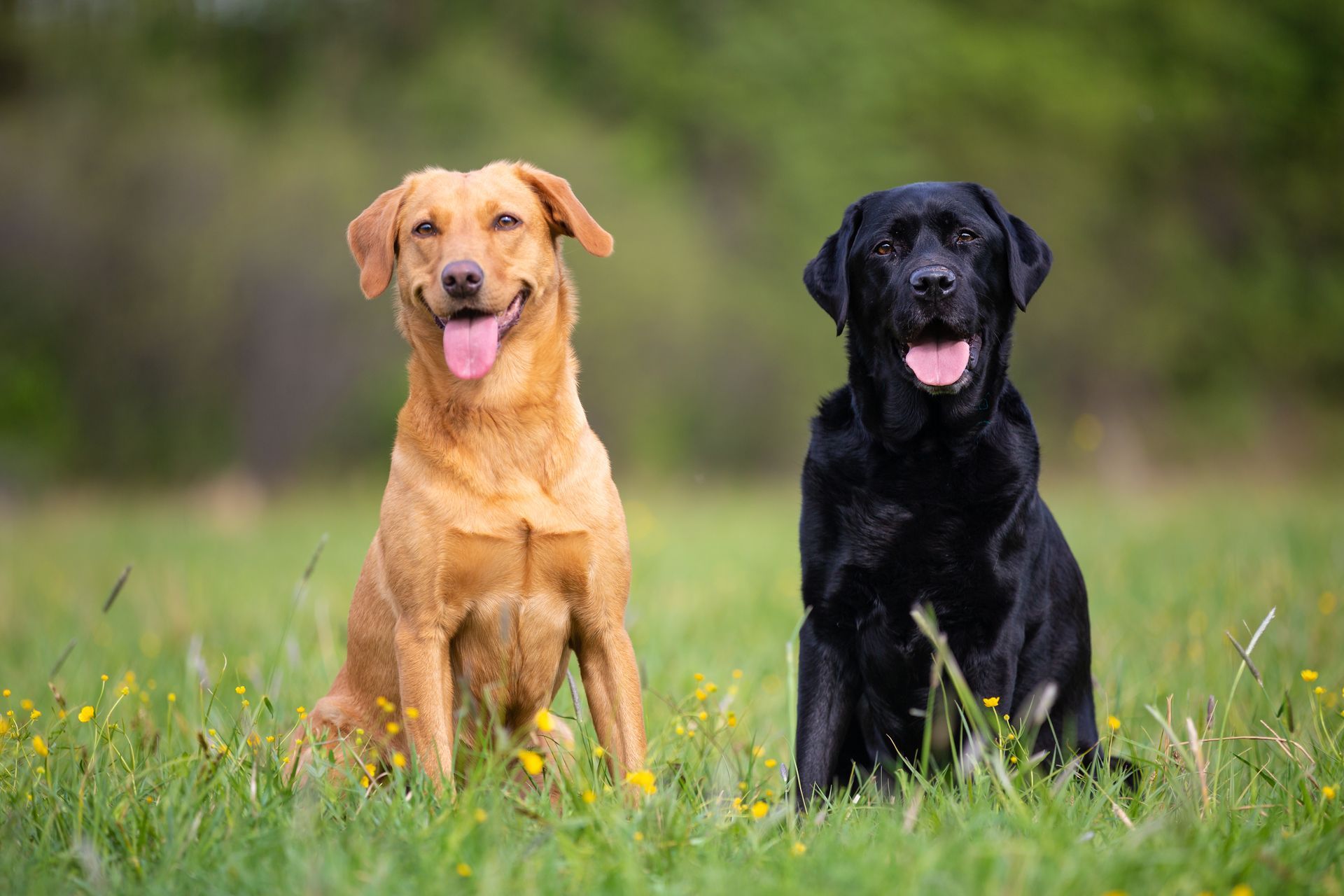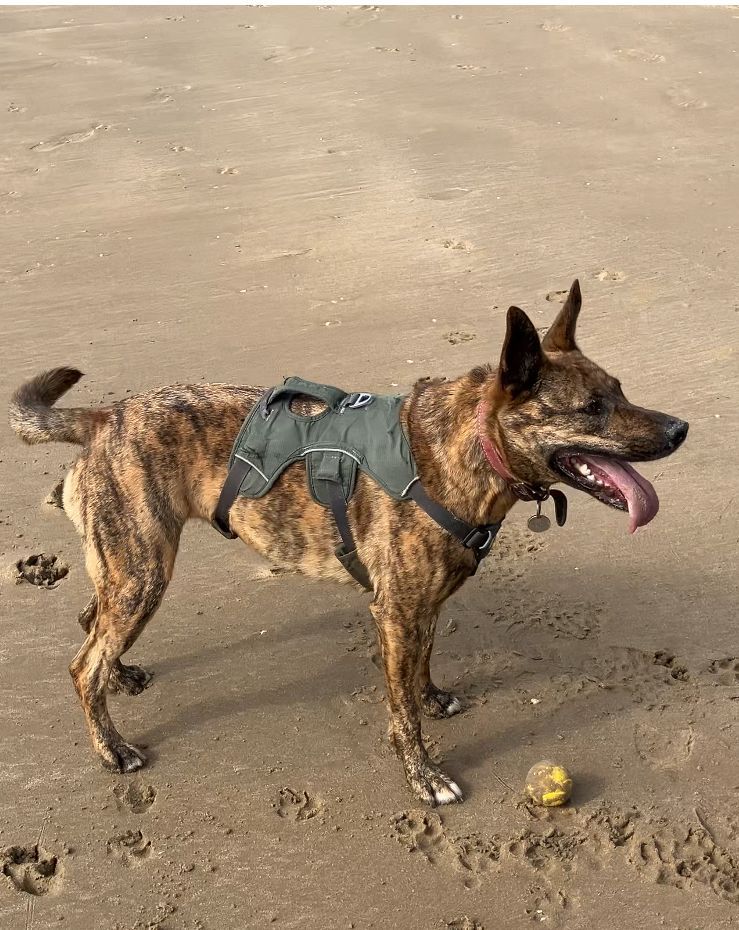Stop dog on dog aggression - Oreo's story
In this blog, complemented by an engaging video, we embark on the journey of Oreo, a dog who faced extreme reactivity challenges. The narrative unfolds through my engagement with Natalie, a single mum of three, exploring the depths of dog-on-dog aggression and its effects not only on the family but also on Oreo himself.
Understanding Canine Aggression
Understanding why dogs like Oreo exhibit aggressive behaviours towards other dogs and certain individuals is paramount. Factors such as fear, territorial instincts, misunderstanding of authority, and inadequate socialisation often lie at the core. Identifying these triggers is the first step in our approach to tackle the issue at its root.
Leadership
There is much debate around leadership and how to apply it. I believe leadership involves 4 elements:
Establishing Authority
Clear rules and boundaries are essential for asserting yourself as an authority figure. This involves being consistent and fair, reinforcing your position as a trusted leader whom your dog can rely on.
Embracing the Role of a Coach
Constant drills provide the best learning opportunities. Employing consistent training methods and drills prepares your dog to behave appropriately in various scenarios. Be that the drill of walking out the door or being calm when a visitor arrives.
Becoming the protector
Your dog needs to feel secure under your leadership. Building this trust by choosing a defence response for the dog each time will significantly decrease their defensive reactions towards other dogs and people.
Nurturing
Positive reinforcement through treats and praise is crucial in encouraging good behaviour, thereby strengthening the bond between you and your dog.
Acclimatising to the Environment
Gradual exposure to potential triggers in a controlled setting is crucial whatever the issue your dog struggles with. This method helps to reduce anxiety and aggression, making the issue of dog-on-dog aggression more manageable.
Cultivating Appropriate Behaviour
Employing direct corrective measures, such as moving the dog back and resetting them when they pull and the "3 strike rule," is fundamental in teaching dogs the expected behaviours. This approach reinforces confidence in their interactions, laying the groundwork for a well-behaved pet.
Conclusion: A Path Forward
Addressing dog-on-dog aggression with a comprehensive strategy focusing on building confidence in leadership, the environment, and behaviour reflects the best practices in dog training. By following this guide, you're not just addressing aggression issues but also enhancing the overall relationship with your dog.
This narrative is invaluable for anyone confronted with similar challenges, offering not just hope but actionable solutions. Through the journey of Natalie and Oreo, we showcase the effectiveness of our strategies in establishing leadership, building confidence, and ensuring a secure environment for all involved.If you need a personalised plan on addressing your dogs reactive behaviour check out my online course and one to one help.




